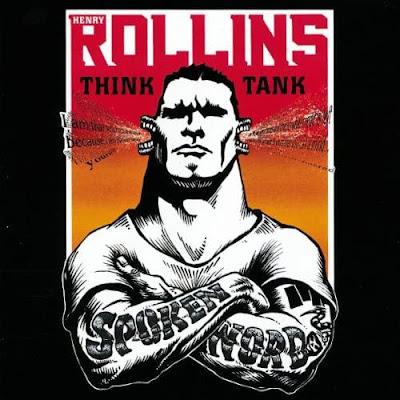I was inspired by a podcast called The 500 hosted by Los Angeles-based comedian Josh Adam Meyers. His goal, and mine, is to explore Rolling Stone Magazine's 2012 edition of The 500 Greatest Albums of All Time.
Album: # 337
Album Title: Aqualung
Artist: Jethro Tull
Genre: Progressive Rock, Folk Rock, Blues, Jazz
Recorded: Island & Morgan Studios, London, UK
Released: March, 1971
My age at release: 6
How familiar was I with it before this week: Very
Is it on the 2020 list? No
Song I am putting on my Spotify Playlist: Hymn 43
 |
| Aqualung Album Cover (1971) |
 |
| Saunders Secondary School (my alma mater 1980-1984) |
 |
| Steve is on the left (circa 1984) The other friends are Stacy, plus Terry & Heather (who are now married and remain dear friends) |
After a quick stop in his kitchen for snacks (Pop Tarts?), we went up to any teen’s sanctuary -- the bedroom. His walls were covered with fantasy posters, his stereo was impressive and he even had a home computer system (a rarity in 1981).
 |
| A Commodore Vic 20 much like Steve's |
I had heard of Jethro Tull and, no doubt like many before and after me, thought that was the name of the performer. It isn't. The band took its name from an 18th Century British agriculturalist.
 |
| Agriculturalist Jethro Tull (1674 - 1741) |
Originally a British blues act, their temporary monikers included "Navy Blue", "Bag Of Nails”and "Candy Coloured Rain" to secure gigs. Some names were provided by the booking agent. One booker was a fan of history who humorously christened them “Jethro Tull” for a show. It was the first time a club owner acknowledged their performance and they were invited back. The name stuck.
The album cover was equally fascinating. A spoof of a small-town British newspaper called The St. Cleve Chronicle & Linwell Advertiser, it was a delightful parody, "intended to mock the typically parochial and amateurish journalism of the rural English press." (Songfacts website) It was Monty Python in its absurdity -- and I was immediately a fan.
 |
| My 1993 room mates Don (left) and Steve in our townhouse kitchen |
 |
| Rev. Canon Steven Mackison today |
- The Spotify version of the record includes and interview with Ian Anderson who shares some interesting facts.
- The album was recorded at the newly built, Island Studios, formerly a church.
- Tull were given the larger room on the main floor but the cavernous space made for challenging recording acoustics.
- Led Zeppelin were recording their fourth record, Zeppelin IV, in the smaller, more intimate (and better sounding) studio below.
- Zeppelin and Tull had just finished touring together in 1970, with Tull as the supporting act.
- Aqualung became Tull's best selling record and made them launched them as a major arena act in the early 70s.
- The album cover was commissioned from American artist Burton Silverman who was paid a flat fee of $1500 without a written contract.
- Silverman insists that the fee was for the album only and later sought renumeration for the money it generated in merchandise. The parties settled out of court.
- The lyrics to the title song are also credited to Anderson's first wife, playwright and filmmaker Jenny Franks.
- She based them on a photograph of a homeless man she had taken as a college student.


































